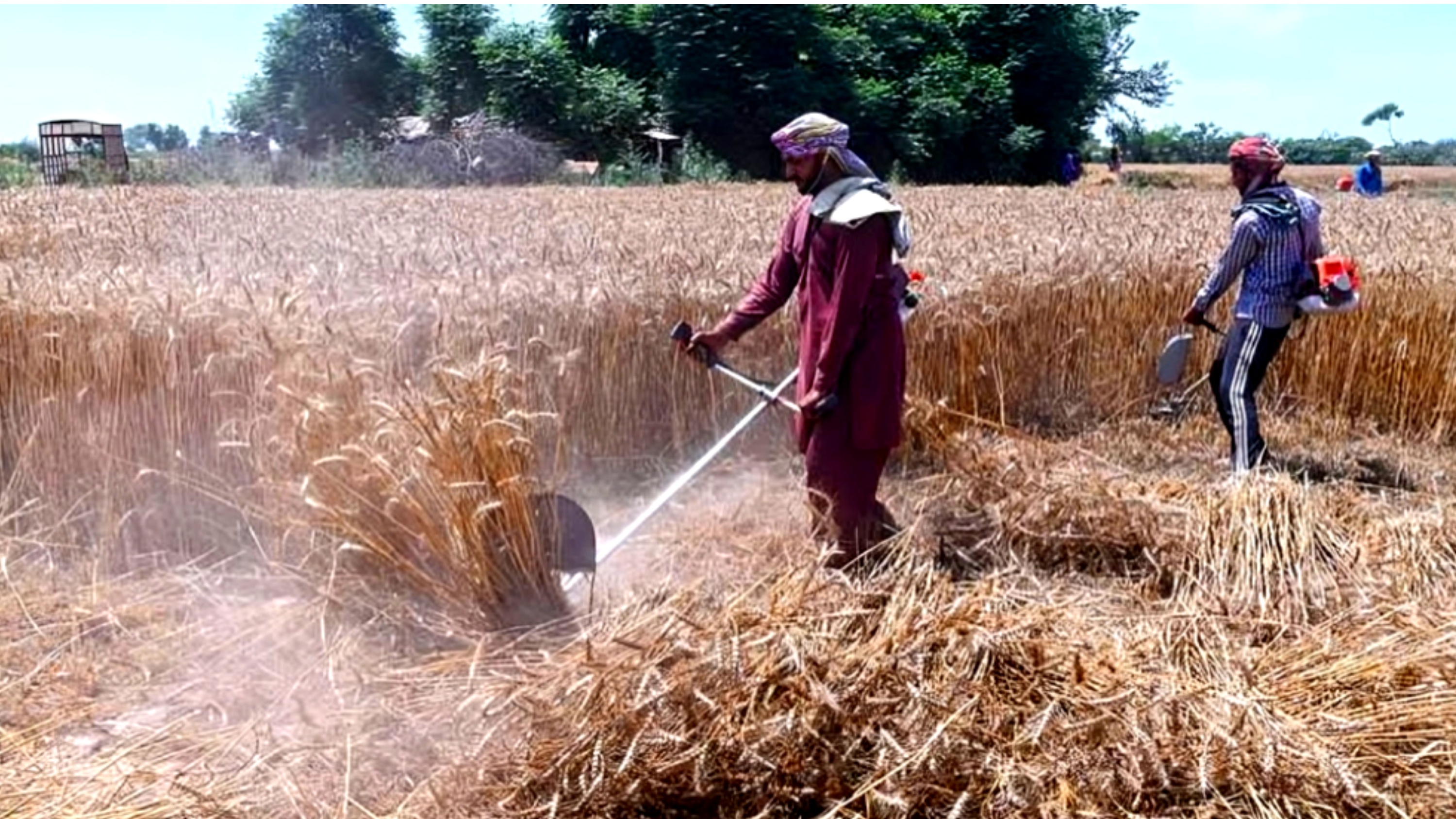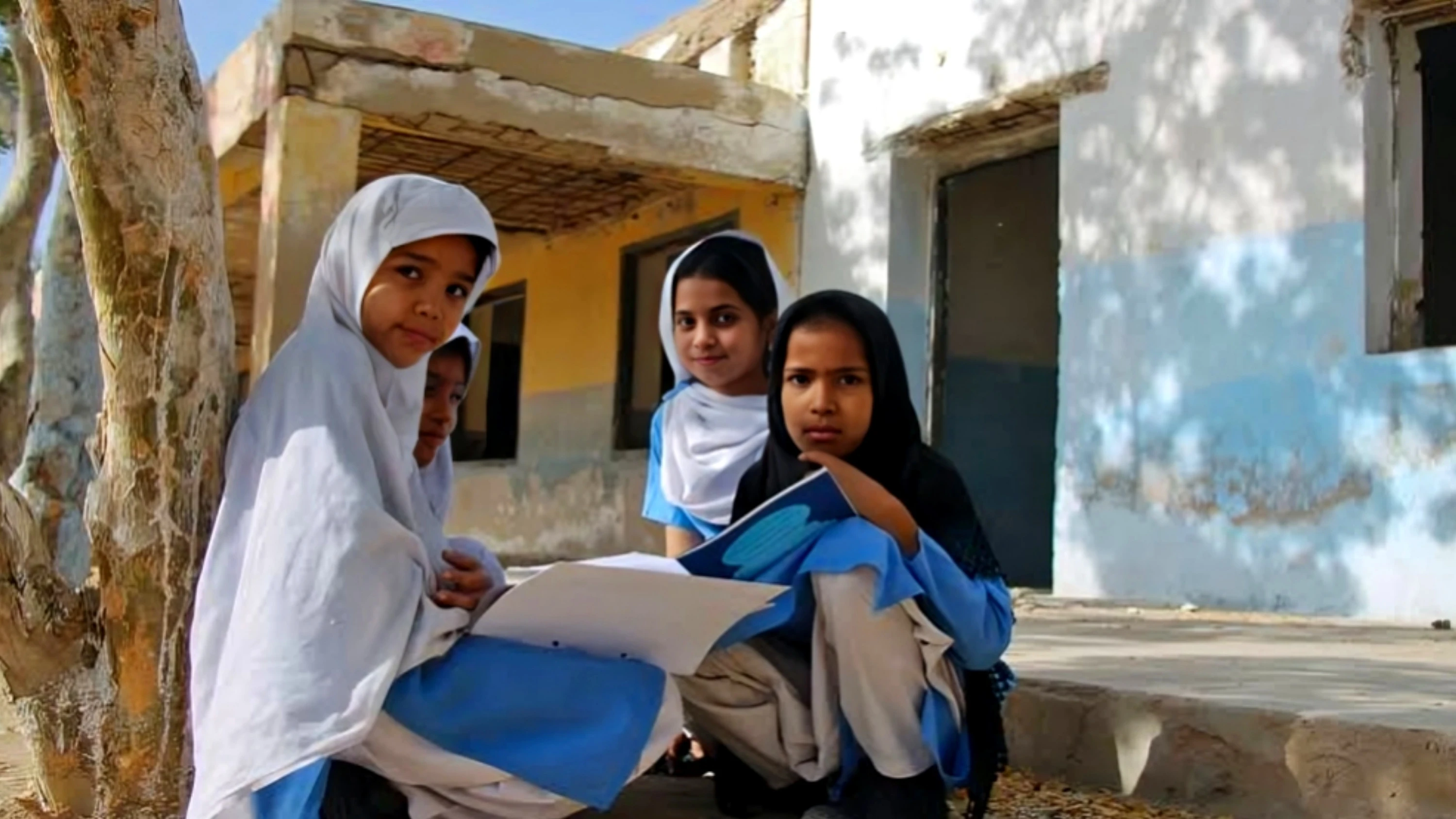Islamabad: The ongoing wheat sowing season in Pakistan has been impacted by declining wheat prices and the government's decision to eliminate the minimum support price. As a result, many wheat farmers are shifting towards more profitable crops such as vegetables, mustard, and pulses.
According to a report titled Country Brief on Pakistan published by the Food and Agriculture Organization (FAO) of the United Nations, the government’s decision in May 2024 to remove the minimum support price has led to a year-on-year reduction in the area sown with wheat.
The FAO report states that wheat production in 2025 will depend on rainfall patterns until April. Despite below-average rainfall and higher-than-normal temperatures between October 2024 and early February 2025, irrigation water availability has supported strong vegetation growth in key wheat-producing areas.
However, dry weather has negatively impacted crop emergence and early growth in rain-fed regions, which account for approximately 20% of the total wheat cultivation area. Some irrigated areas in northern Pakistan have also been affected due to water shortages.
In early February, FAO’s Agricultural Stress Index (ASI) indicated drought conditions in agricultural areas, suggesting potential negative effects on wheat production.
The sowing season was finalized in December 2024, and the total grain production was estimated at 56.6 million tons. Official projections for wheat production in 2024 stood at a record 31.4 million tons, reflecting high acreage, good yields, sufficient irrigation water, and the widespread use of high-yielding seeds.
Similarly, rice production was estimated at a record 15.2 million tons, primarily due to an increase in the sown area driven by high prices at planting time. Maize production was projected at an average level of 9.5 million tons.
For the 2024-25 marketing year (April-March), wheat import requirements are expected to be minimal compared to the five-year average, mainly due to the record production in 2024.
Although Pakistan traditionally exported wheat, it had to import large quantities between 2020-21 and 2023-24 due to below-average production between 2018 and 2020, as well as stock losses caused by severe flooding in 2022.
Rice, the country’s leading grain export, is forecasted to reach 5 million tons in 2025, lower than the record 6 million tons exported in 2024 due to increased market competition. Nonetheless, exports are expected to remain strong. Maize exports in 2024-25 are projected at an average level of 500,000 tons.
Between March and June 2024, local wheat flour prices declined sharply due to abundant market supply from the record 2024 wheat harvest.
Additionally, the Punjab government, which previously purchased wheat from farmers at a minimum support price, decided not to procure wheat from the 2024 crop. This further increased market supply and pushed prices down.
According to the latest Integrated Food Security Phase Classification (IPC) analysis, approximately 10 million people in Pakistan may face severe food insecurity (IPC Phase 3 or higher) between April and July 2025. This is a reduction from the 11 million people affected between November 2024 and March 2025.
The improvement is attributed to increased wheat reserves following the record 2024 harvest and a significant year-on-year decline in flour prices. Consequently, better wheat availability in April 2025 is expected to improve household food security across Pakistan.








